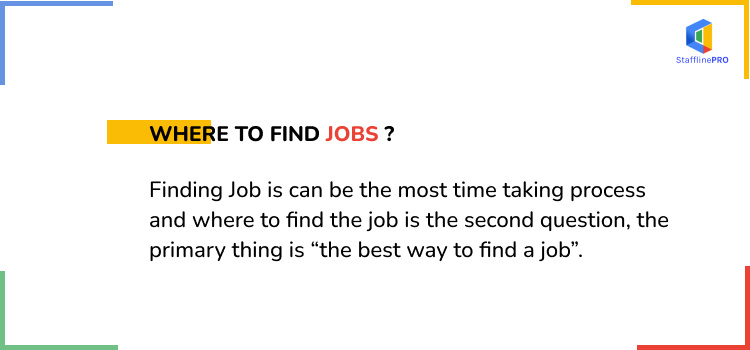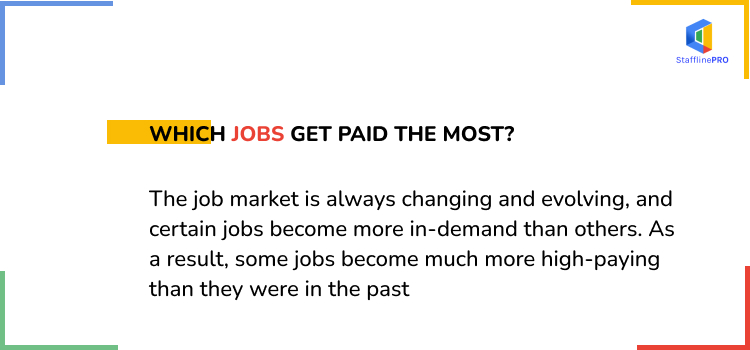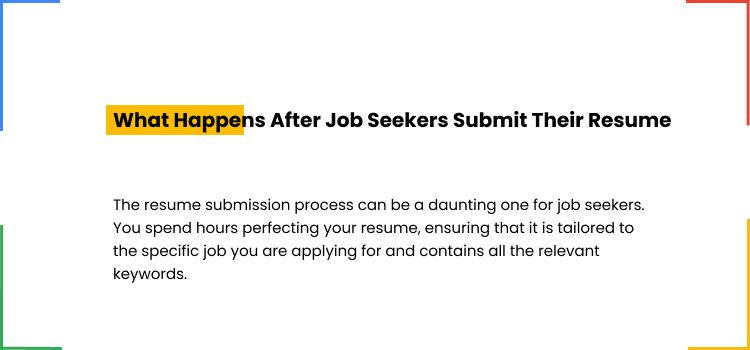1.A time-tracking tool can help you understand how productive an employee is
One of the most crucial aspects taken into account by management when assessing an employee’s performance is productivity. Regardless of the industry, a time tracking tool can help you get a better understanding of how long it takes a specific employee to produce the daily output that is required. For instance, how many calls can an agent handle each hour? Or how many units of a product can a single worker produce? How many sales calls is your team capable of handling at one time? Or how many tickets for support can your customer service team handle?
Regularly monitoring these metrics enables you to properly recognize employees for a job well done and reveals whether their productivity varies or is consistent.
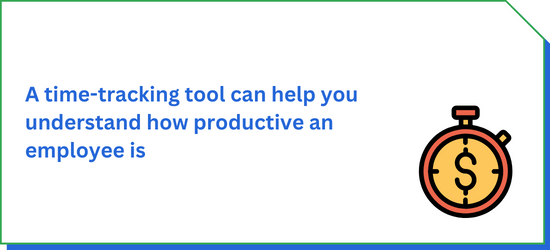
2.A time-tracking tool can provide insight into employee diligence
Greater transparency between the employee and the company is made possible by a time-tracking tool. They can see how many hours are worked each day, whether or not employees are punctual, and whether or not they would be willing to work overtime if necessary.
Such information can highlight an employee’s commitment and diligence. It might be cause for worry if their records indicate a high rate of absenteeism. This is particularly true when you consider that “productivity losses from missed work cost employers $225.8 billion each year.”
A time-tracking tool can facilitate communication between employees and employers and assist employers in understanding the immediate and long-term causes of absenteeism. As a company, it benefits you.
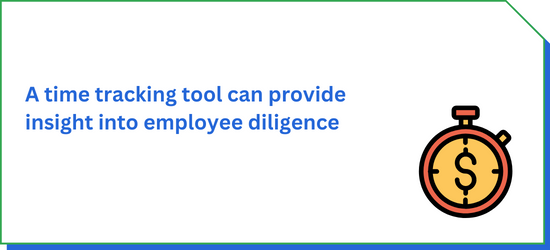
3.A time tracking tool can highlight an employee’s time management skills
Employees who can manage their time well will be a huge asset, especially if they are required to manage multiple projects simultaneously across different teams. Tools for tracking time help give better insight into how effectively workers can allocate limited resources, such as their own time, to tasks.
For instance, if the data reveals that a worker is working a lot of overtime, it may indicate that they are either overburdened or unable to manage their time effectively. Whatever the cause, having this kind of knowledge gives employers the chance to deal with the problem before a worker’s performance starts to impact clients, customers, or output.

What’s the bottom line?
The secret to ensuring that you empower your team and address important challenges is to find the right tools you can use to measure performance accurately and consistently.
A company can enhance its operations and output by reviewing time-tracking data in the context of the caliber of work its employees produce. Their attendance, absences, and tardiness information can reveal their diligence, drive, and commitment to the job. If the data reveals less-than-stellar results, it may also present an opportunity for HR teams to address issues quickly. In the end, this can aid management in making wiser choices regarding hiring for the business.
When regularly gathered, data from time tracking tools also enable a business to establish a baseline or standard for their organization. If employee performance has improved consistently, perhaps this demonstrates the efficacy of the most recent HR initiatives. If it consistently declines, it may be time to reevaluate how to better engage and motivate workers.
Last but not least, always keep in mind that transparency is a great advantage you should take advantage of. You’re gathering crucial information that could aid team members’ growth and development within your company. Make sure they know this by communicating with them. To succeed in a company, employees must understand what they can do better and what they must keep up with.






